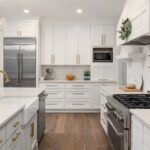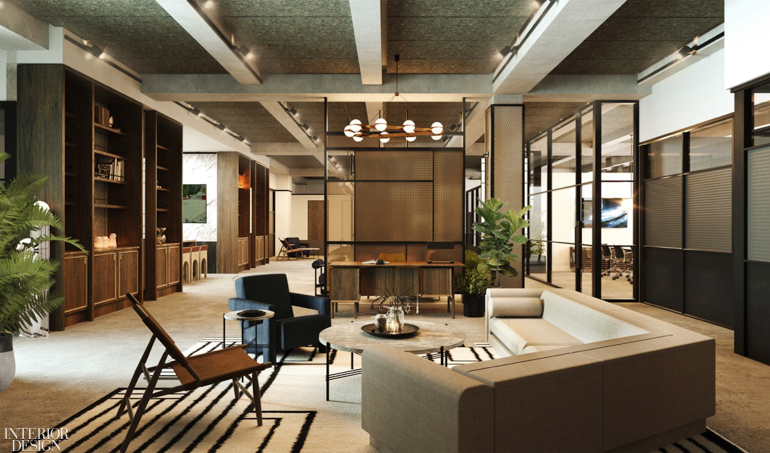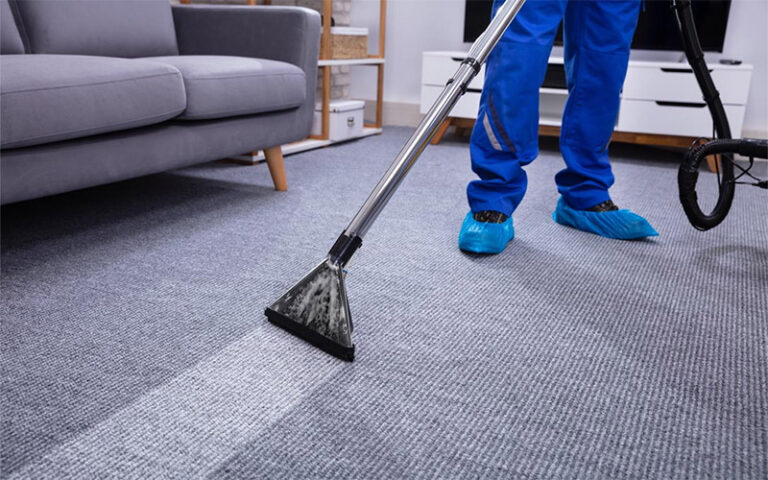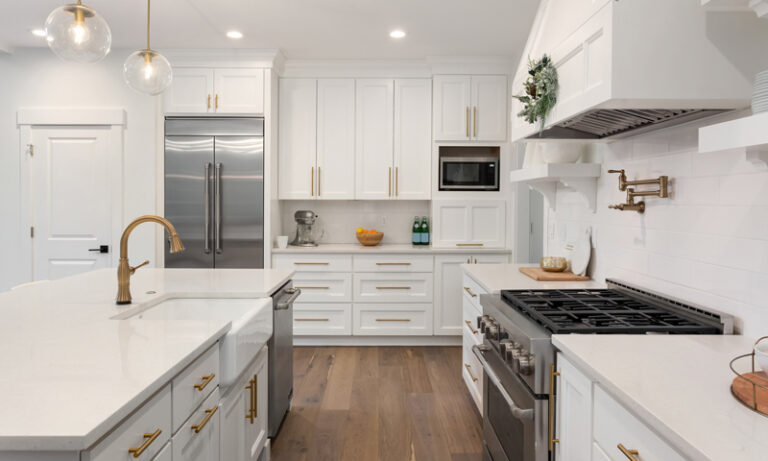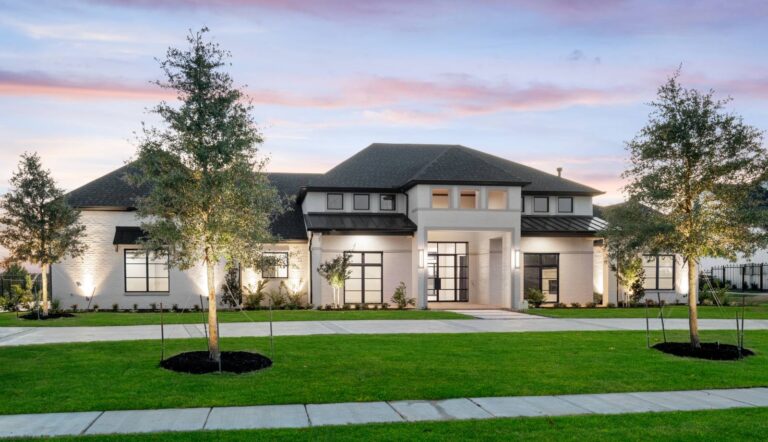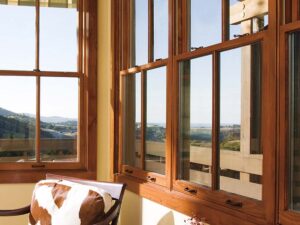Geometric patterns have become a hallmark of contemporary interior design, offering a versatile and visually striking aesthetic. Within the realm of interior design agencies, the exploration of geometric patterns has become a dynamic and innovative approach to transforming spaces. This overview delves into the significance, applications, and creative nuances associated with the incorporation of geometric patterns by interior design agencies.
Significance of Geometric Patterns
- Visual Impact and Dynamism
Geometric patterns bring a sense of dynamism and visual interest to interior spaces. Their clean lines, shapes, and symmetry contribute to a modern and sophisticated aesthetic, making them a popular choice for interior designers aiming to create memorable and visually engaging environments.
- Spatial Illusion and Depth
The strategic use of geometric patterns allows interior design agency to play with spatial perception. Clever arrangements of lines and shapes can create illusions of depth, making rooms appear larger or more intimate based on the desired effect.
Applications in Interior Design Agencies
- Feature Walls and Accent Elements
Geometric patterns are often employed as feature walls or accent elements within interior design projects. Bold patterns can serve as focal points, adding character to spaces without overwhelming them.
- Flooring and Tiling Designs
Flooring is a canvas for geometric creativity. Interior design agencies leverage geometric patterns in flooring and tiling designs, introducing intricate and captivating arrangements that elevate the overall aesthetic of a space.
- Furniture and Upholstery
Geometric patterns find their way into furniture and upholstery, providing an opportunity for designers to infuse character into furnishings. From hexagonal coffee tables to chevron-patterned upholstery, geometric motifs add a touch of sophistication to furniture design.
- Ceiling Designs
Often overlooked, ceilings present a canvas for geometric exploration. Design agencies utilize geometric patterns to create captivating ceiling designs, adding an unexpected element to the overall ambiance of a room.
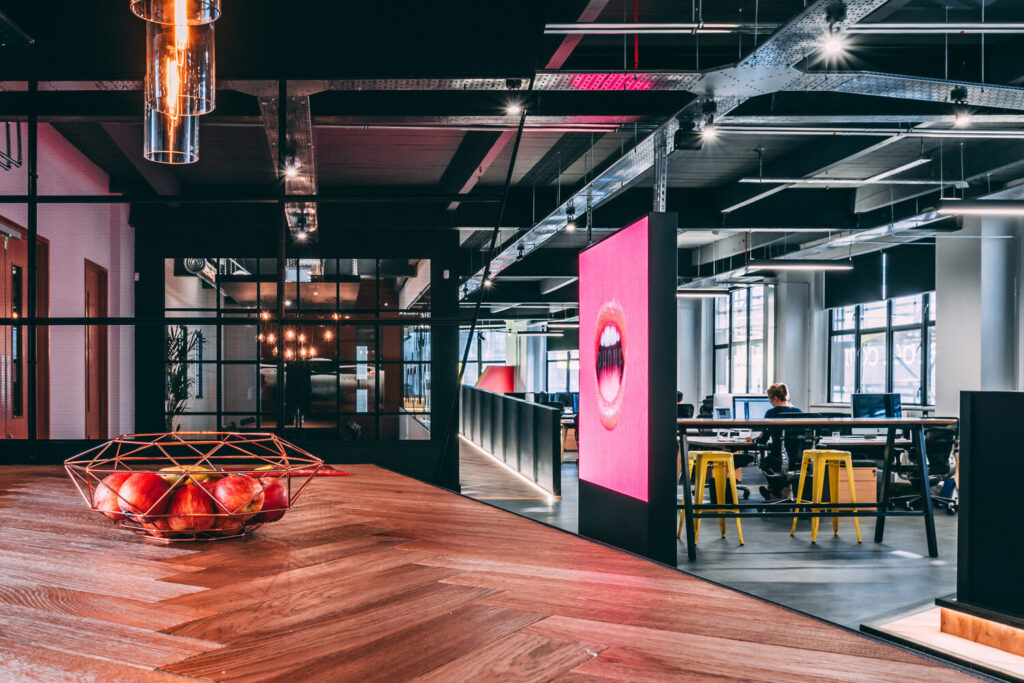
Creative Nuances
- Color Palette Innovation
Geometric patterns offer a playground for experimenting with color palettes. Interior designers often leverage contrasting or complementary colors within geometric designs, allowing for endless possibilities in creating vibrant and harmonious spaces.
- Merging Traditional and Contemporary Elements
The versatility of geometric patterns enables interior designers to merge traditional and contemporary elements seamlessly. By combining classic shapes with modern design principles, agencies can create spaces that are both timeless and cutting-edge.
- Customization for Brand Identity
Interior design agencies often customize geometric patterns to align with the brand identity of their clients. Tailoring patterns to reflect the values and aesthetics of a brand ensures a unique and branded interior experience.
Conclusion
In the realm of interior design agencies, the exploration of geometric patterns represents a design frontier that combines visual impact, spatial innovation, and creative expression. From feature walls to custom furniture designs, the integration of geometric patterns adds a layer of sophistication and uniqueness to interior spaces, making them not only aesthetically pleasing but also reflective of contemporary design sensibilities. As interior design agency continues to evolve, geometric patterns stand as a timeless and versatile tool for crafting visually stunning and conceptually rich environments


